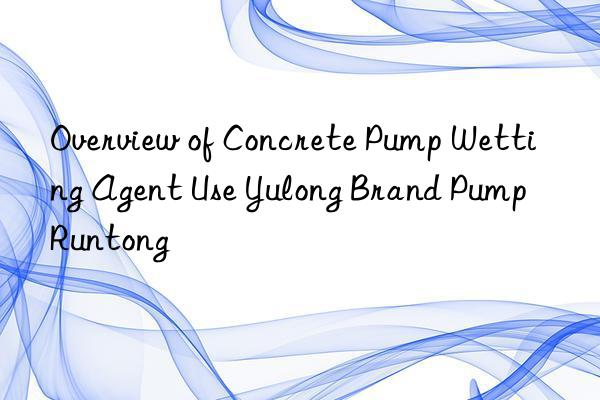
The small, stable bubbles produced by the air-entraining agent act as flexible ball bearings in the mixture. These allow the sand grains to move more freely between each other, increasing the plasticity of the mixture without the need for additional water. The air bubbles also complement the grading of grit, which is very important for concrete mixes to be pumped. In other words, they reduce the effects of particle interference and gap grading. The development of water-reducing admixtures and water-reducing retarders has brought further benefits to the concrete pumping industry. These materials are often called dispersants. When introduced into concrete mixtures, they disperse cement particles and improve the plasticity of the mixture by effectively reducing agglomeration. Therefore, for a given amount of cement, a better coated aggregate is provided for the pump to process.
Pumping aids represent a new development in the role of mixtures in the pumpability of concrete, which promises significant advances in concrete pumping technology. A pumping aid is a lubricant that improves the ease with which a given mixture is pumped into a pipeline. This means lower pump pressure, which reduces the stress on the concrete on the mortar phase, reduces the chance of segregation, and reduces internal friction. </p



 微信扫一扫打赏
微信扫一扫打赏
